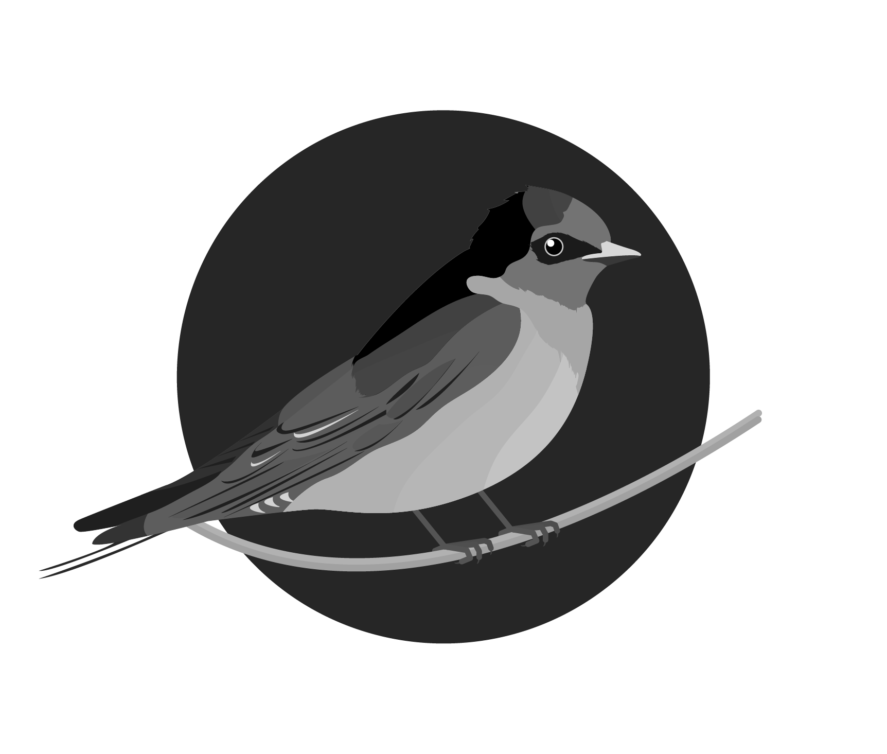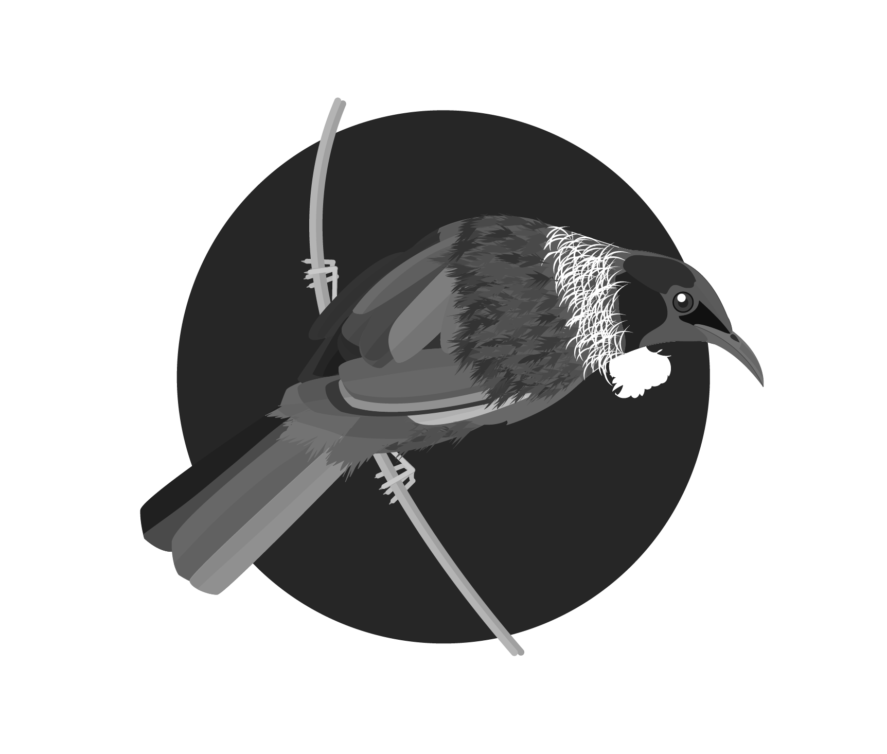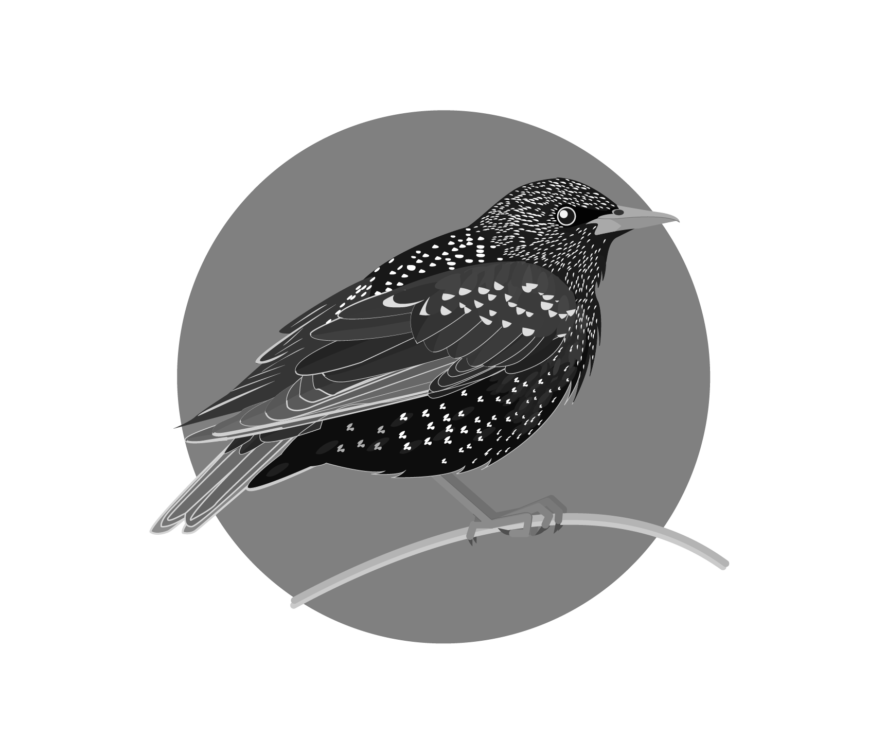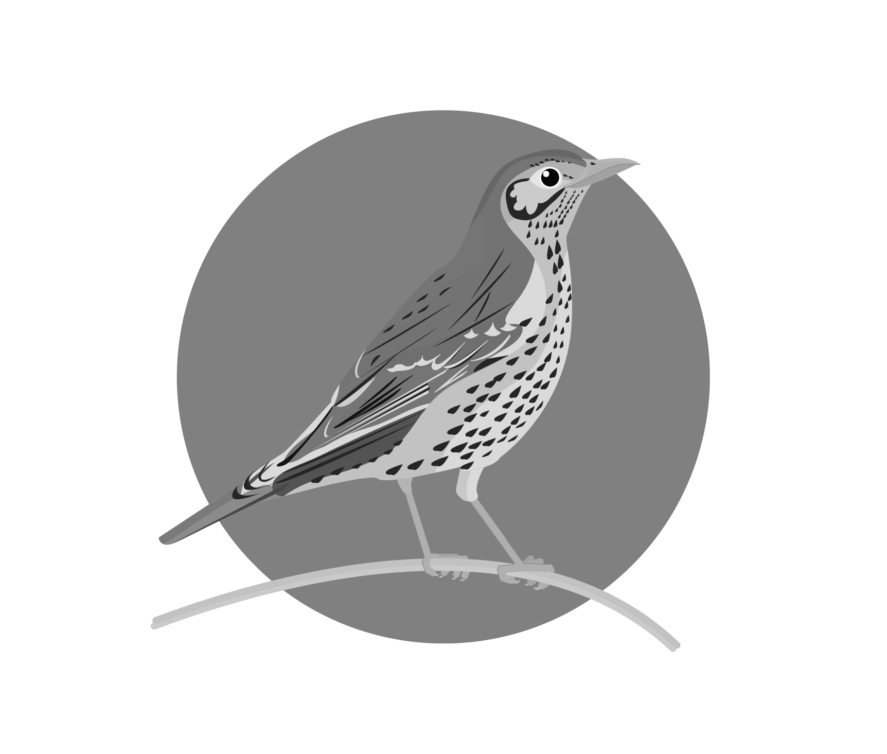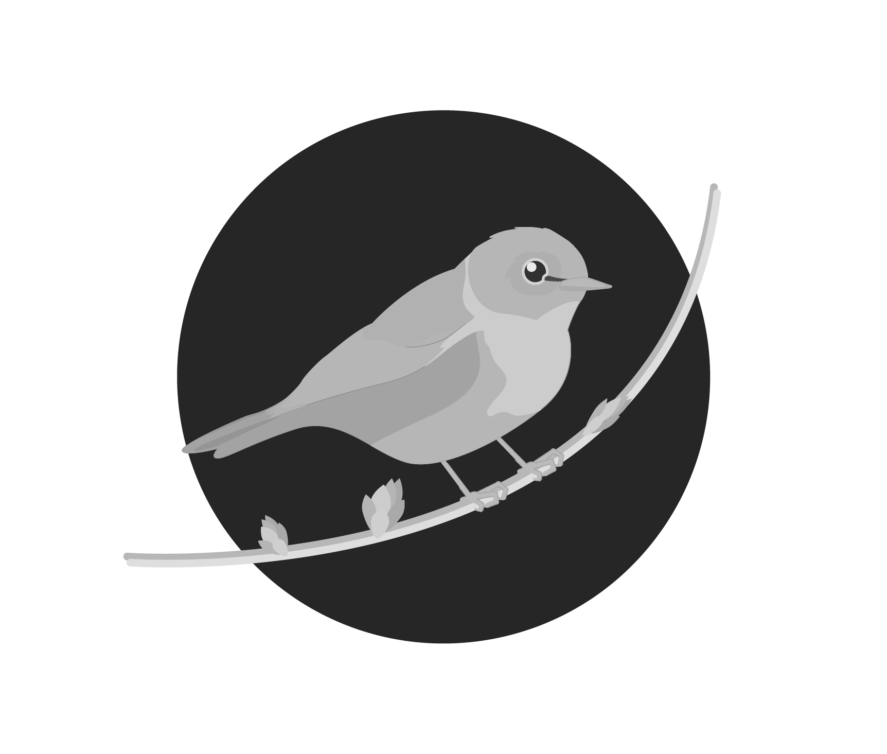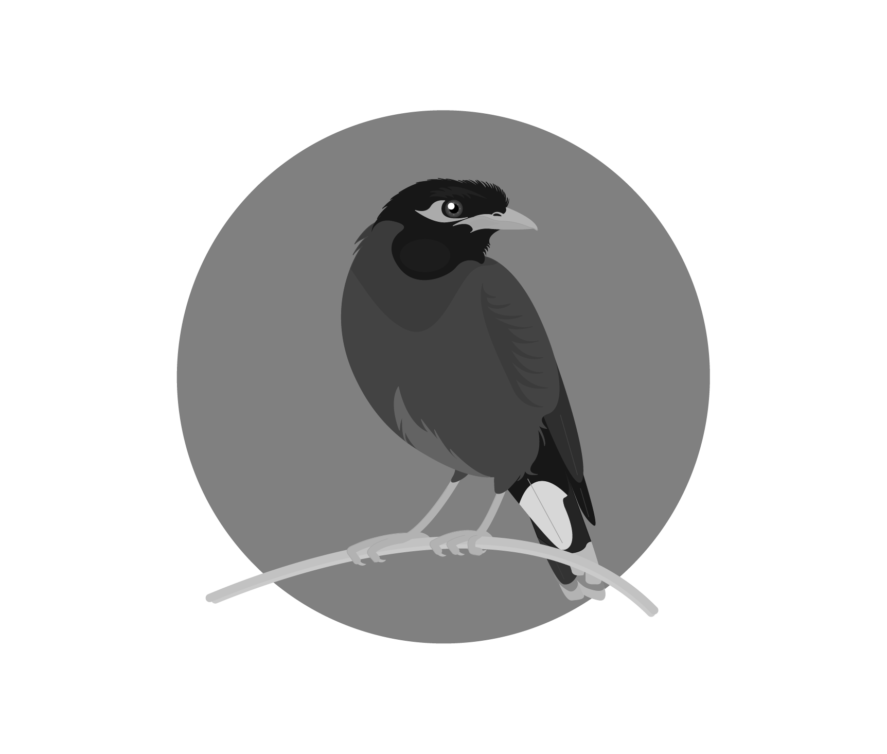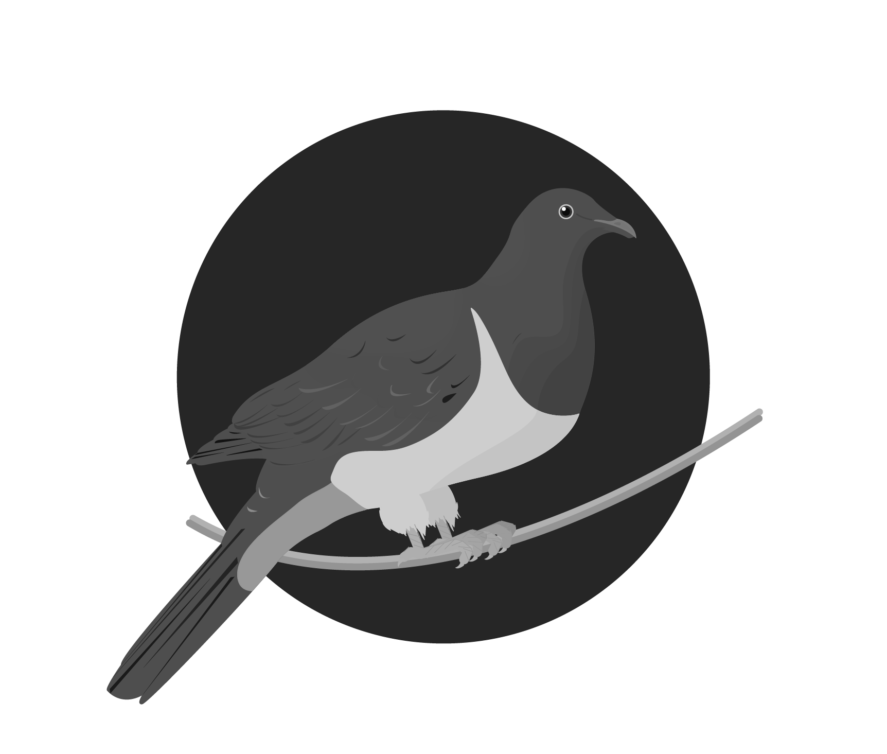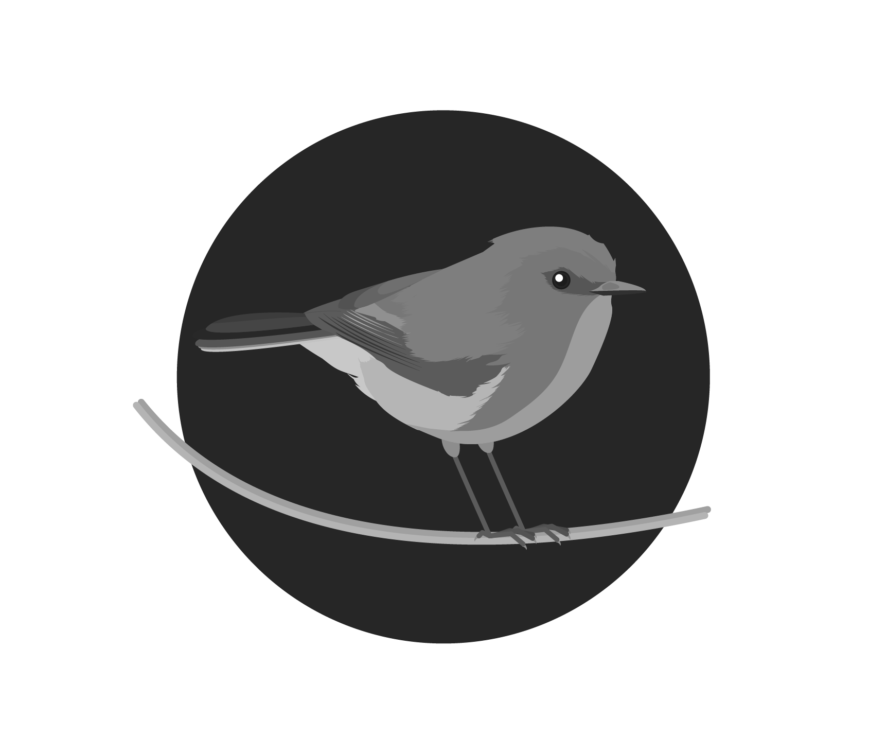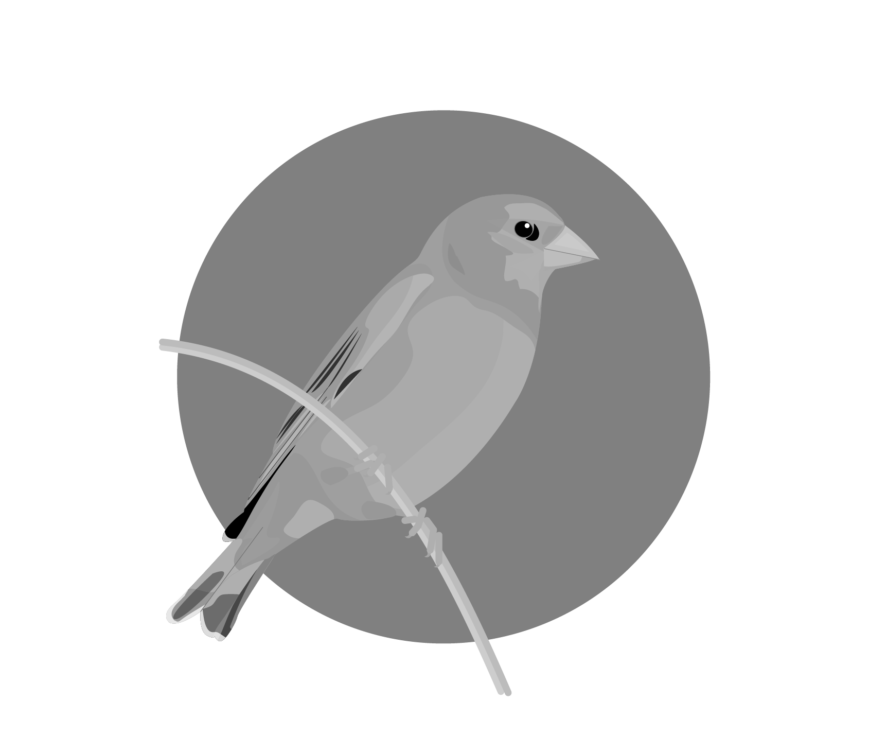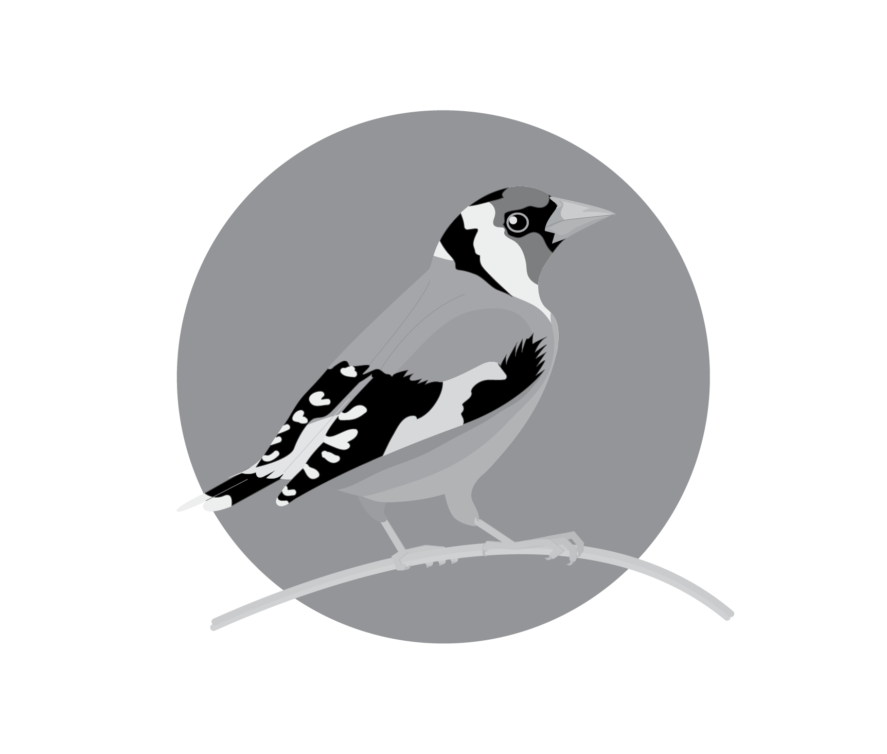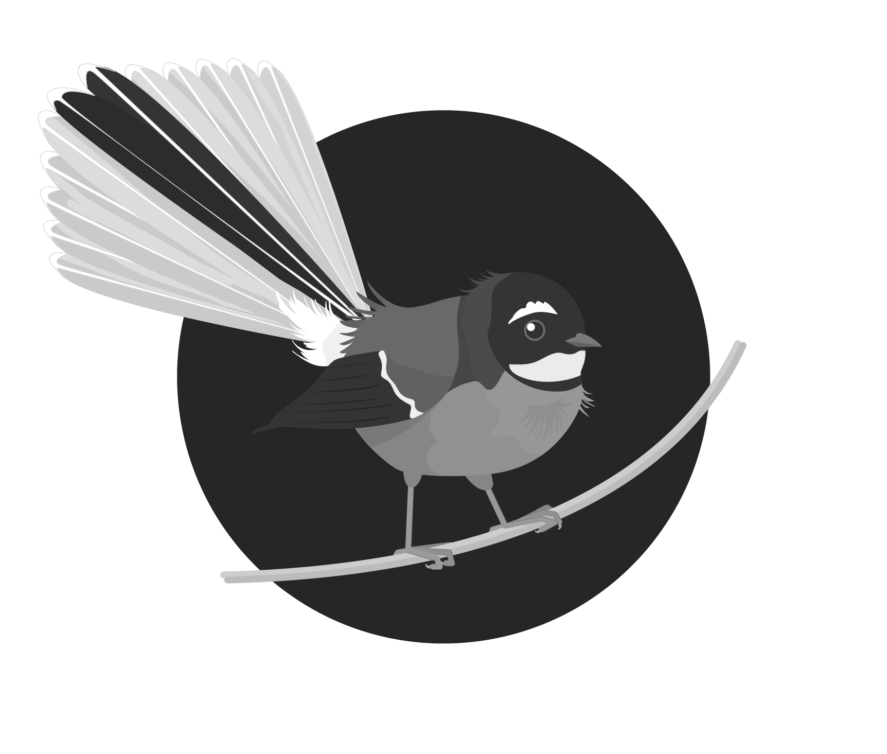-
Troppo Plant & Garden Articles
- Delicious Recipes
- TROPPO’s Food Forest in Te Puke, BOP (www,foodforest.org.nz)
- Troppo’s Plant Collection
- TROPPO's Nursery Directory
- Food Forests of New Zealand (www.foodforests.nz)
- Nursery Map - Plant Suppliers of NZ Directory (www.nurserymap.nz)
- Kids Garden Corner
- New Zealand Garden Bird Survey
- New Zealand Garden Groups
Bellbird
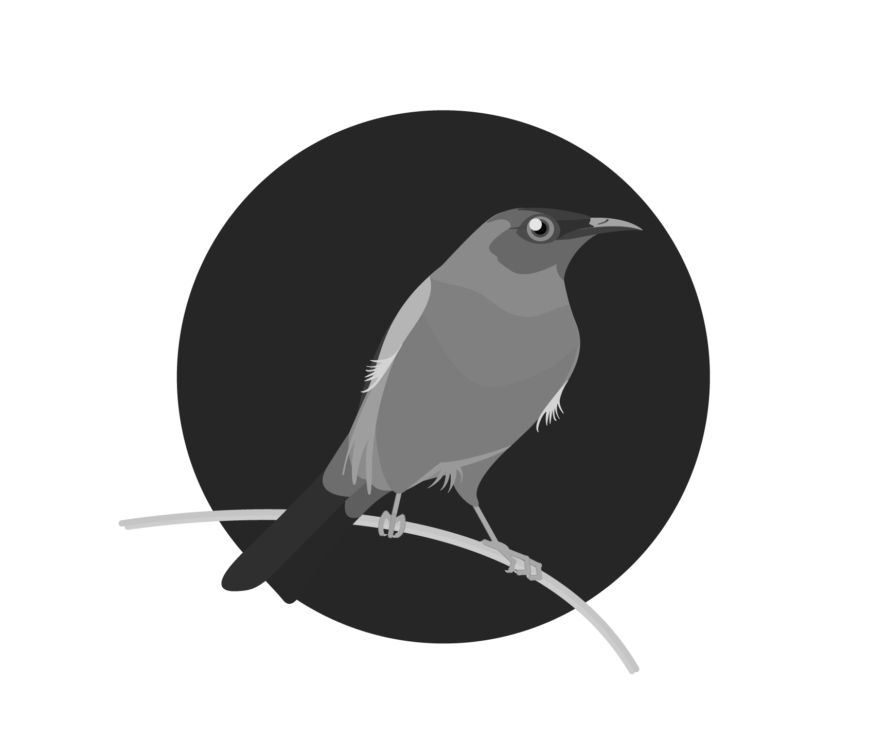
The Melodic Bellbird of New Zealand
The Bellbird (Anthornis melanura), known as the “Korimako” or “Makomako” in Māori, is a small passerine bird endemic to New Zealand. Recognized for its distinctive and melodious song, the Bellbird plays a crucial role in the native ecosystems, particularly in pollination and seed dispersal.
Appearance
Bellbirds are medium-sized, with the males typically displaying an olive-green plumage with a slight blue sheen on their wings and tail. Females are slightly duller with a lighter underbelly and a distinctive curved beak adapted for nectar feeding. Both genders have a red eye and a slight tuft of feathers at the base of their bill.
Habitat and Distribution
These birds are found throughout the mainland of New Zealand, Stewart Island, and several offshore islands. They inhabit a variety of environments, including native forests, scrublands, and even urban gardens where native plants are present. Bellbirds are highly adaptable and are often seen flitting from tree to tree in search of food.
Diet
The diet of Bellbirds mainly consists of nectar, fruits, and insects. They are particularly fond of the nectar from native flowers such as the flax (Phormium) and kowhai (Sophora), playing a significant role in pollinating these plants. Insects and spiders also form a crucial part of their diet, especially when feeding their young.
Behavior and Song
Bellbirds are known for their beautiful, bell-like song, which can be heard throughout the day but is most pronounced at dawn and dusk. Their song is a complex mixture of chimes, clicks, and whistles, contributing to the rich soundscape of New Zealand’s forests. They are generally solitary birds but may form loose flocks during the breeding season or when food is abundant.
Conservation Status
Currently, the Bellbird is not considered threatened, thanks to its adaptability and the conservation efforts that have helped protect its habitat. However, they face threats from habitat destruction, introduced predators such as rats and stoats, and competition for food with other bird species.
Conclusion
The Bellbird is a vital and cherished part of New Zealand’s avian biodiversity. Its unique song and important ecological role make it a fascinating subject for bird enthusiasts and conservationists alike. Protecting their habitat ensures that future generations can continue to enjoy the enchanting presence of these melodic birds.

